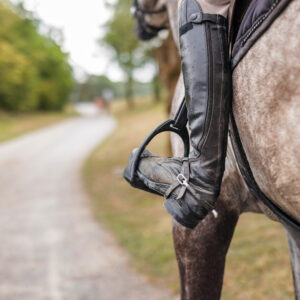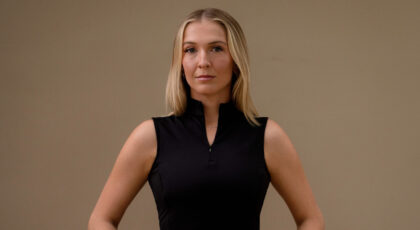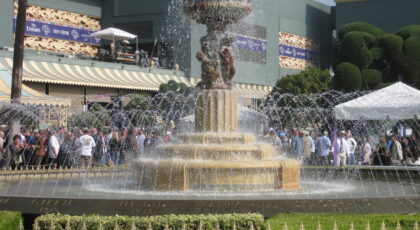Data powered by Prixview.
In 2022, the FEI made a rule change worthy of headlines: Time faults were receiving a major adjustment.
For years, in international competition, one time fault was assessed to a combination’s score for every four seconds over the time allowed that it took the complete the course. In 2022, new territory exists: One time fault is now assessed for every one second over the time allowed that it takes the complete the course.
Every four years, each FEI discipline receives a full review of its rules, and ahead of the most recent evaluation, the United States Equestrian Federation put forth a proposal requesting the change. After all, in USEF National Standard competition, this rule is already in place.
“We believe that time is a crucial element to the sport and the penalties should be reflective of how close an athlete is to meeting the time allowed,” USEF’s explanation stated. “There is a significant difference of 0.5 seconds over the time allowed versus 3.5 seconds over the time allowed, and the penalties should be commensurate of the performance.”
Indeed, the modernization of the sport of show jumping has resulted in a significant increase in the technicality of course design, and the time allowed plays a critical role. It’s now truly reflected as such on FEI score cards.
How much so? Prixview examined every international grand prix event at the Winter Equestrian Festival in both 2021 and 2022—a total of 40 FEI Grand Prix events from the CSI2* to CSI5* level—to find out.
The numbers might surprise you.
In 2021, the average total faults in FEI Grand Prix competition at WEF was 6.14 faults. In 2022, this number has increased, but only slightly—6.47 faults.
When time faults were isolated, the upward trend was more apparent. In 2021, the average number of time faults in FEI Grand Prix competition at WEF was just 0.33. This year, riders are averaging 0.91 time faults. While the numbers themselves are small, this is nearly a 200% increase from 2021—and a reaffirmation that the tiniest details result in big differences on course.
The scores also vary by experience level. At the CSI2* level, greener combinations have been impacted more than the more seasoned three-, four- and five-star grand prix campaigners. (Note that riders under the age of 18 cannot compete in an FEI Grand Prix event above the CSI2* level). In 2021, CSI2* Grand Prix events at WEF averaged 0.43 time faults. In 2022, that number has risen to 1.06 time faults—more than double.
Put simply, there were indeed more time faults at WEF this year, but it did not skew the results in a drastic manner.
The significance of the time allowed is not only reflected in the scoring, but it is also coming across in the types of horses developed for the sport, the course design, the coaching of riders and their strategies on course. It’s truly a trickle-down effect, but the question remains: Should a combination that jumps the fences cleanly but four seconds over the time allowed place below a combination that completed the course within the time allowed but had a rail?
There are arguments to both sides of this coin, but more venues and timing and data companies should break down and differentiate between jumping and time faults on their scorecards.
There are also other factors that could be affecting these numbers. Were U.S. based riders less affected by this change given the standard already in place at the national level? Are less-elite riders—riders unable to receive invitations to a prestigious international circuit like WEF—having more faults with the adjustment?
Only time—and more data—will tell. Prixview will be collecting this data and monitoring it, particularly in Nations Cup competition, as the year moves forward.
Prixview is the first of its kind data and gaming company for the sport of show jumping, collecting revolutionary live, official competition data and processing it into educational and engaging insights and analytics for both stakeholders and new fans of the sport. Their fantasy games are free-to-play and award real cash prizes. Visit prixview.com to learn more.


 June 22, 2022
June 22, 2022 


























